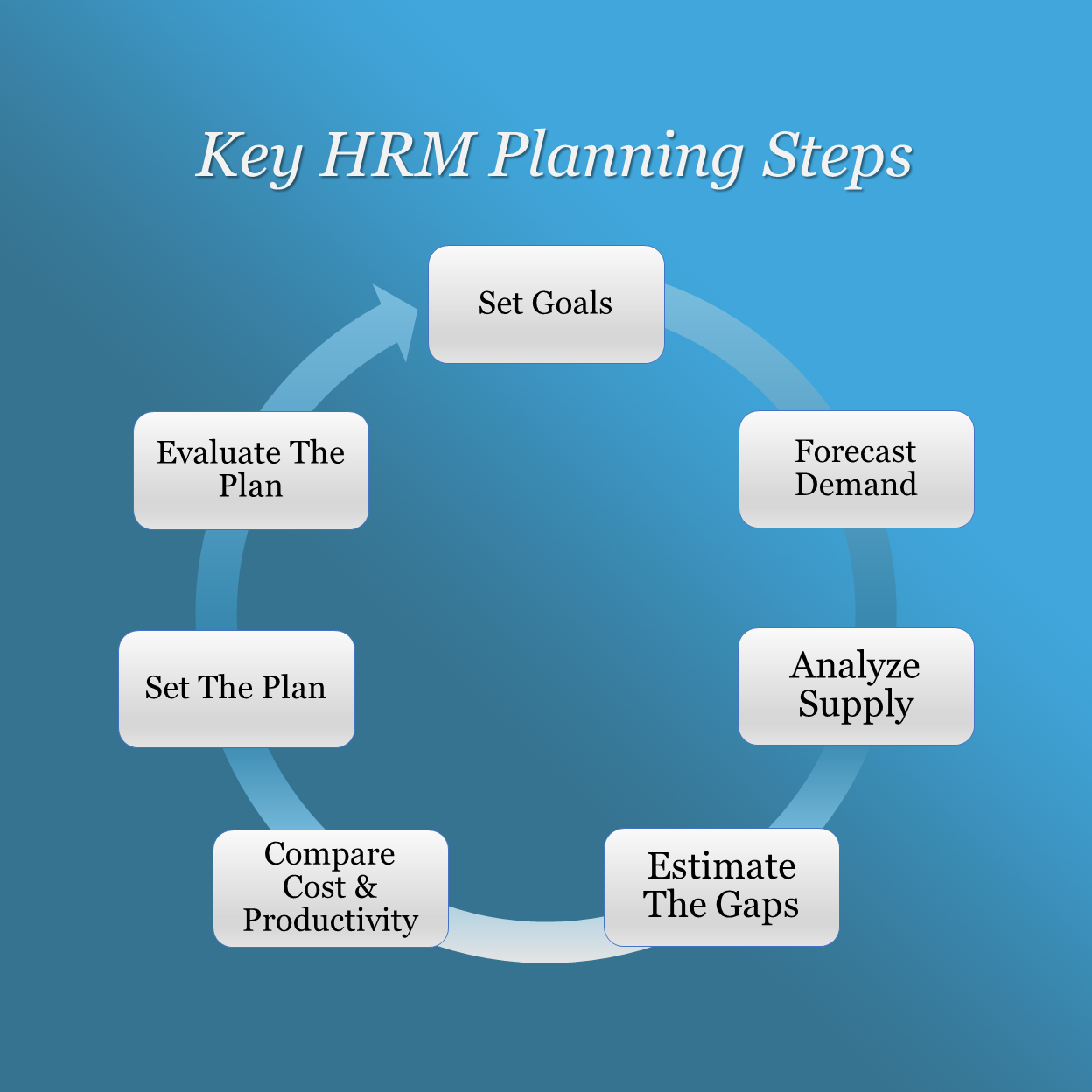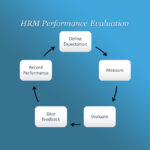1- Set the organizational goals: it is about determining the short-term and long-term organizational goals (marketing, productivity, administrative goals…), and transforming these goals into the forms of goods or services
2- Forecast the demand for human resources: It depends on the estimation of the organization’s quantitative and qualitative needs of the workforce, depending on studying the volume and nature of work of the organization, taking into consideration anticipating future changes and developments
3- Analyze the supply of human resources: it is to analyze the situation of the currently available workforce, and study the labor market and the skills and experiences the organization may need in the next planned stage
4- Estimate HR gaps: balancing between the demand for human resources, which estimates the real needs of the workforce, and the expected supply of human resources in terms of quantity and quality. This helps in detecting potential surpluses or shortage and developing strategies to control these conditions
5- Analyse cost versus productivity: it is to study workforce expenses against their productivity, and explore renewable methods and procedures that help in developing productivity in balance with fewer costs and wastage
6- Set and implement the human resource plan: forecast HR demand and supply, study possibilities of shortage or surplus, analyze costs, and determine methods for developing productivity are essential resources to support the human resource planning before actually implementing the plans. Also, it is taken into consideration to estimate budgets for workforce training and development in order to set a clear human resource plan and make it a major part of the general plan of the organization
7- Evaluate the plan – Control & Follow up: controlling and evaluating operations are necessary to study the results of the implementation of the plan and determine the strengths and weaknesses, the levels of success or failure, and correct the errors in a way that ensures the plan will not deviate towards unsatisfactory results… In addition to evaluating the effectiveness of the workforce performance then compare the performance results with the expected results. The human resource planning process should be linked to all other existing processes and strategies in the organization to ensure achieve the best results










